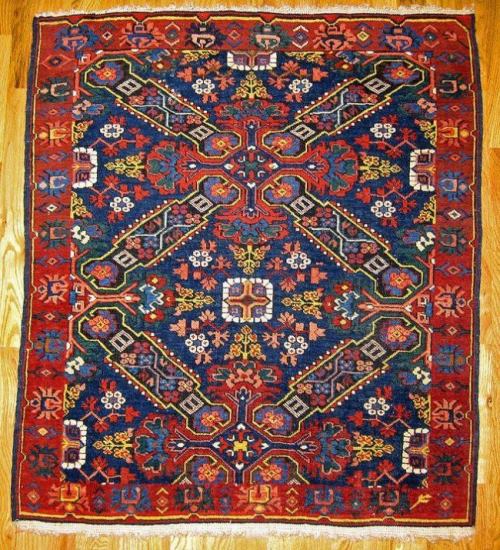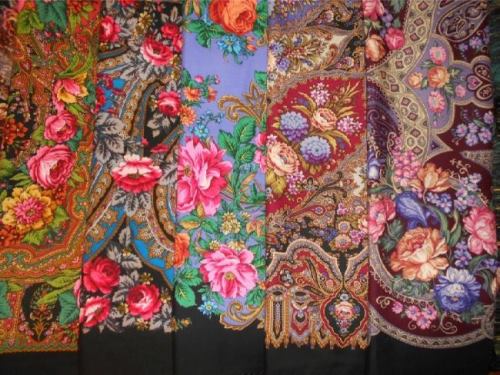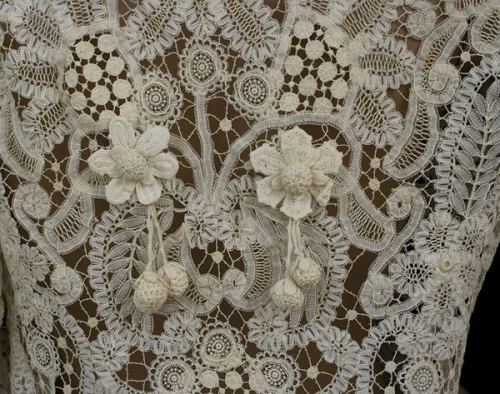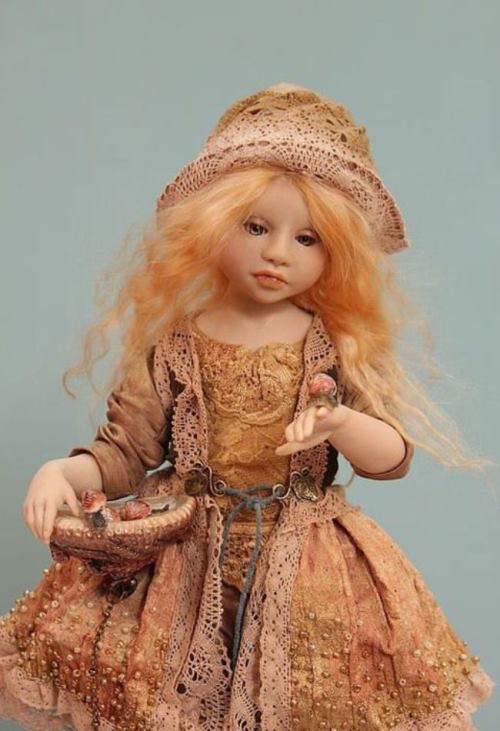Queen of Sheba and King Solomon in art
King Solomon, who was given the name Jedidiah at birth, which means Beloved of God, ruled the state of Israel for forty years. Most often, the years of his reign are called 972–932 BC, and this time is marked by relative calm and peace in Israel. No wonder the royal name of this ruler was Solomon (in Hebrew word “shlomo” means peace). He ascended the throne when he was barely twenty years old. But already in the first years of the reign, the young ruler proved to the Israelis his wisdom, organizational skills and strength. He immediately fortified Jerusalem, built a fleet, allocated large funds to promote trade with neighboring states, erected a great temple, and encouraged the development of science and literature.
Solomon was distinguished by his love for women. Some sources claim that he had about 700 wives and more than 300 concubines. The eldest wife of the king of Israel was an Egyptian woman.
Once, rumors of the wisdom and grandeur of the Jewish ruler came to the imperious and strong Queen of Sheba Bilqis, who ruled the country called Happy Arabia. Majestic temples were on its lands, the richest cities flourished, luxurious gardens were green and roads were built, and the people did not cease to glorify their wise queen. Balkida claimed that her country was the richest in the world, and she was the wisest ruler. The queen decided to see Solomon with her own eyes and to see his amazing mind and divine wisdom.
More »






